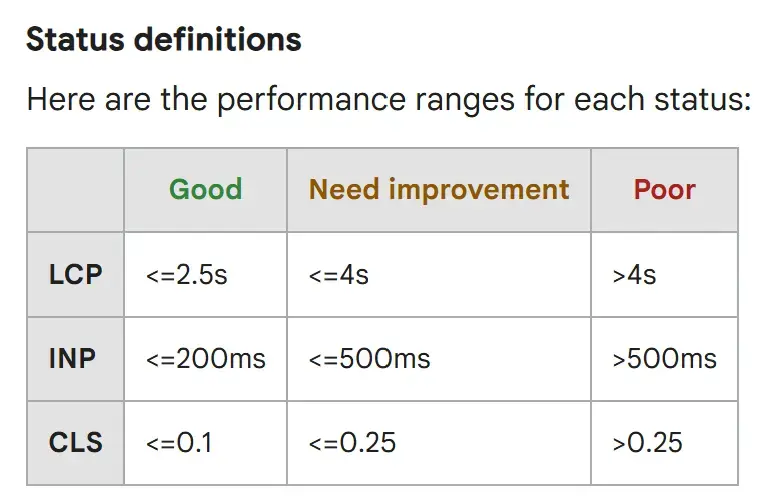How Google Search Engine Work?
In this SEO guide, you will learn what search engines are, how they work, and what the most important SEO ranking factors are in Google.
Table of Contents
What is a Search Engine?
How Search Engines Work
Google Algorithm
Ranking Factors
Chapter 1: What is a Search Engine?
A search engine is an online tool that helps people find information on the internet. A classic example? Google.
In fact, Google is likely the only example you need to know. Check out the global search engine market share chart (Statcounter data):
Thus, when we talk about search engines in this guide, we primarily mean Google. Other search engines work similarly, and if your website is optimized for Google, you should also be ready for others.
Chapter 2: How Search Engines Work
The search engine process involves three key steps:
Crawling
Crawling is the process by which search engines continuously scan all web pages on the internet.They use small programs (called crawlers or bots) to follow hyperlinks and discover new pages (and updates to previously discovered pages).
Indexing
Once a website is crawled, the information is indexed. Search engines analyze and interpret pages, categorize them, and store them in an index.Google indexing process is essentially a massive library of crawled websites with one purpose: to understand and serve them as search results.
Retrieving Results
When a user submits a search query, the search engine dives into its index and extracts the best results. The list of results is called the SERP (Search Engine Results Page).
Chapter 3: Google Algorithm
Google’s search algorithm is an umbrella term for all the individual algorithms, machine learning systems, and AI technologies Google uses to rank websites.
To deliver the best results, they consider multiple factors, including:
Query Meaning: The search engine must understand what the user is searching for.
Page Relevance: Pages must align with the search query.
Content Quality: Search engines prioritize high-quality content.
Page Usability: Pages should be accessible, readable, secure, etc.
Context & Settings: User location, preferences, and search history are considered.
Domain Authority: Websites receiving backlinks from high-quality, reputable sources are deemed more trustworthy.
Like any complex system, Google’s algorithm requires regular updates. In addition to daily minor updates, Google typically rolls out several core algorithm updates annually. These are officially announced and cause significant buzz in the SEO community.
Reviewing major core updates (e.g., Panda, Penguin, Hummingbird, BERT) is a quick way to understand the evolution of Google Search and SEO.
Chapter 4: Ranking Factors
Search engines keep their ranking formulas secret, but many factors are widely known. Ranking factors are the most discussed topic in SEO.
Some are confirmed by Google; others remain speculative. Practically, focus on proven factors while maintaining strong performance across all areas.
Correlation ≠ causation: Just because a factor correlates with higher rankings doesn’t mean Google uses it. Some factors have minimal impact.
Cyrus Sheppard of Zyppy highlights the 10 most critical ranking factors:
Targeted Content: Create high-quality content addressing searcher needs.
Crawlable Site: Ensure search engines can easily find your site.
Quality & Quantity of Links: More high-quality backlinks boost authority.
User Intent Alignment: Match content type and depth to intent.
Unique Content: Avoid duplicate content.
EEAT: Demonstrate Experience, Expertise, Authoritativeness, Trustworthiness.
Fresh Content: Regularly update content, especially time-sensitive topics.
Click-Through Rate (CTR): Optimize title tags and meta descriptions.
Site Speed: Fast loading times reduce bounce rates.
Mobile-Friendliness: Ensure seamless performance on all devices.
Note: Content quality is the most critical SEO factor (5 of the top 10 factors relate to content).
Other impactful factors:
Content depth
Image optimization
Topic authority
Well-structured pages
Social shares
HTTPS usage
Conclusion
While many search engines exist, Google leads in information retrieval, natural language understanding, and processing. Over 25 years, search engines evolved from text-based evaluation to machine learning. Today, Google refines user intent monthly, detecting nuances in quality, usability, and context. The possibilities are endless.
